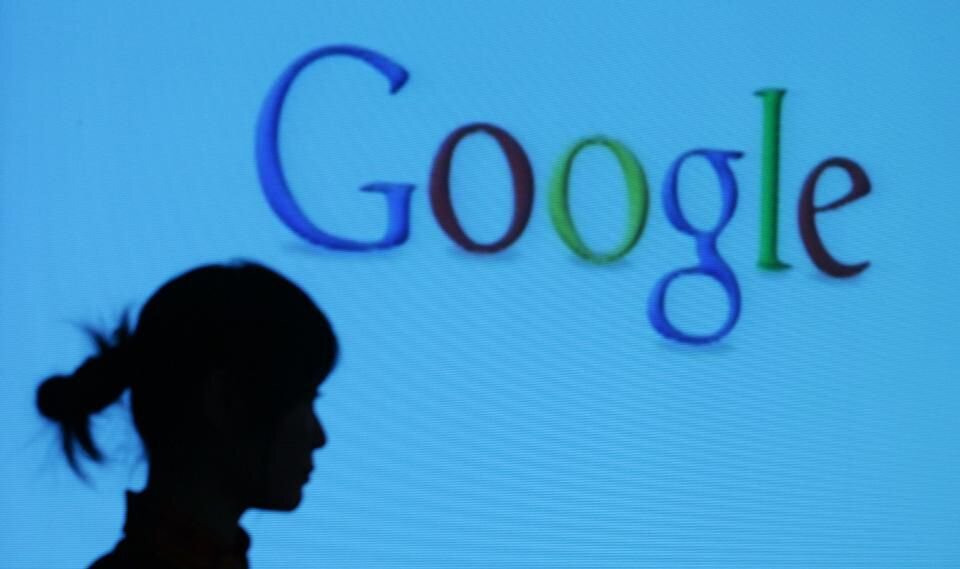AES in Forbes: Why Designers Should Collect Art
In the design work I do, I get stuck in a cycle of inspiration. It’s not unlike going to the fridge, opening it, staring for a minute, closing the fridge and going back to my room. I do this with Dribbble and Behance and Twitter TWTR +0% and sometimes Reddit. This cycle of getting inspiration from all the same places is a big problem for the design community. It’s easy to get lost, or make the same things over and over again. It's easy to be cynical about the things you make when the ideas you believe in are written in a note on your phone.
Designers are limited by the constraints of their projects with brand standards, style guides, practicality, and every other factor in a project. With these constraints, designers aren’t able to explore full freedom of creativity. In a number of ways, this is good. The best design is design that is working within practical constraints. But this restriction also limits designers so they might not come across solutions to design problems because they aren’t able to explore far outside the limits of their current projects.
This is why companies like Google have 20 percent rules, allowing people to explore outside the constraints of their own assignments and find solutions in side projects that can influence the company in serendipitous ways. While this approach is immeasurably helpful in creating opportunities for spontaneous innovation and developing a community that genuinely cares about the work they do, it doesn’t directly solve the problem to which it is directed.
If designers are making things within design constraints and don’t have significant contact with unconstrained aesthetic ideas, they don’t come in contact with new ideas that might better solve their design problems.

